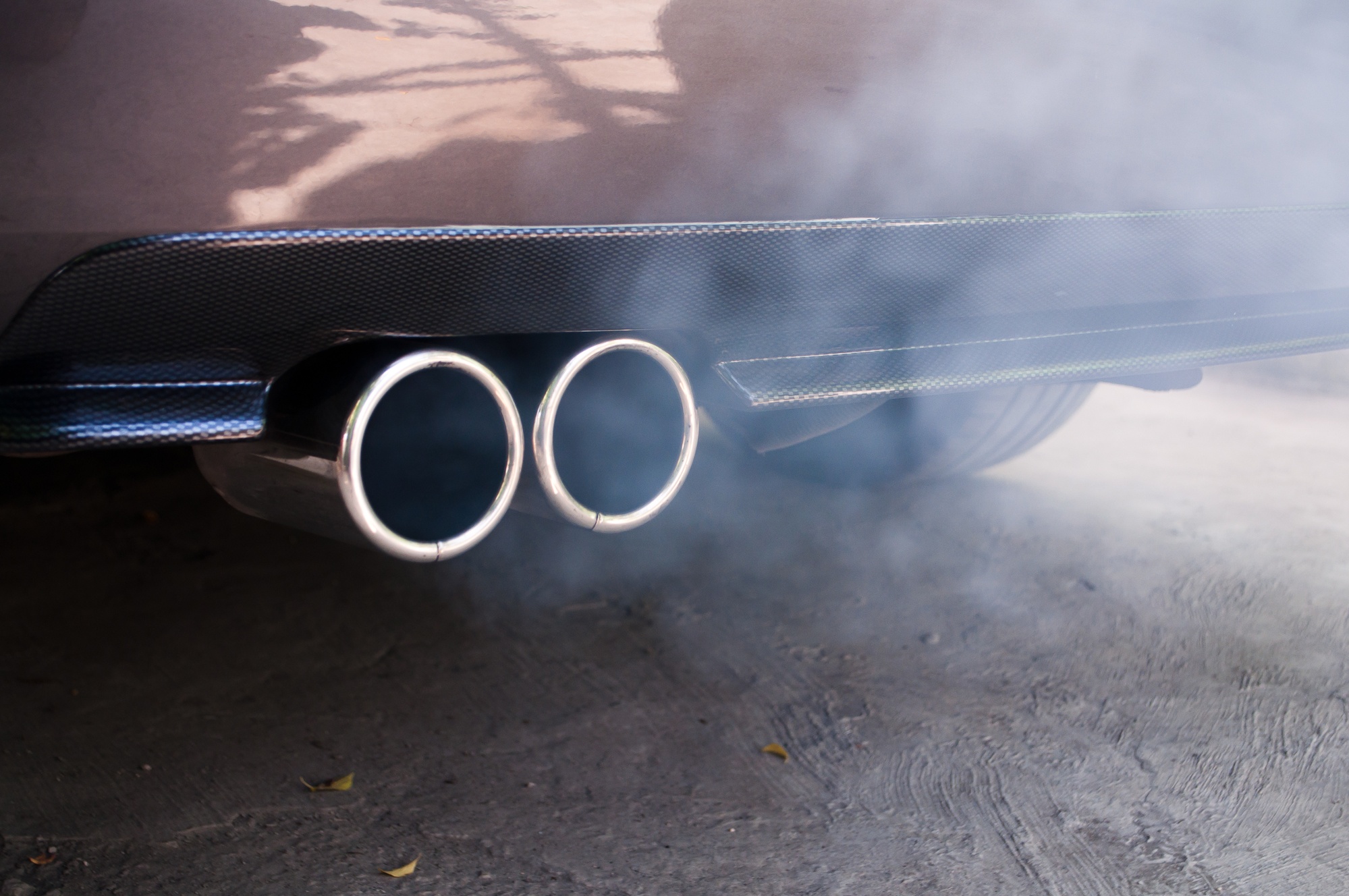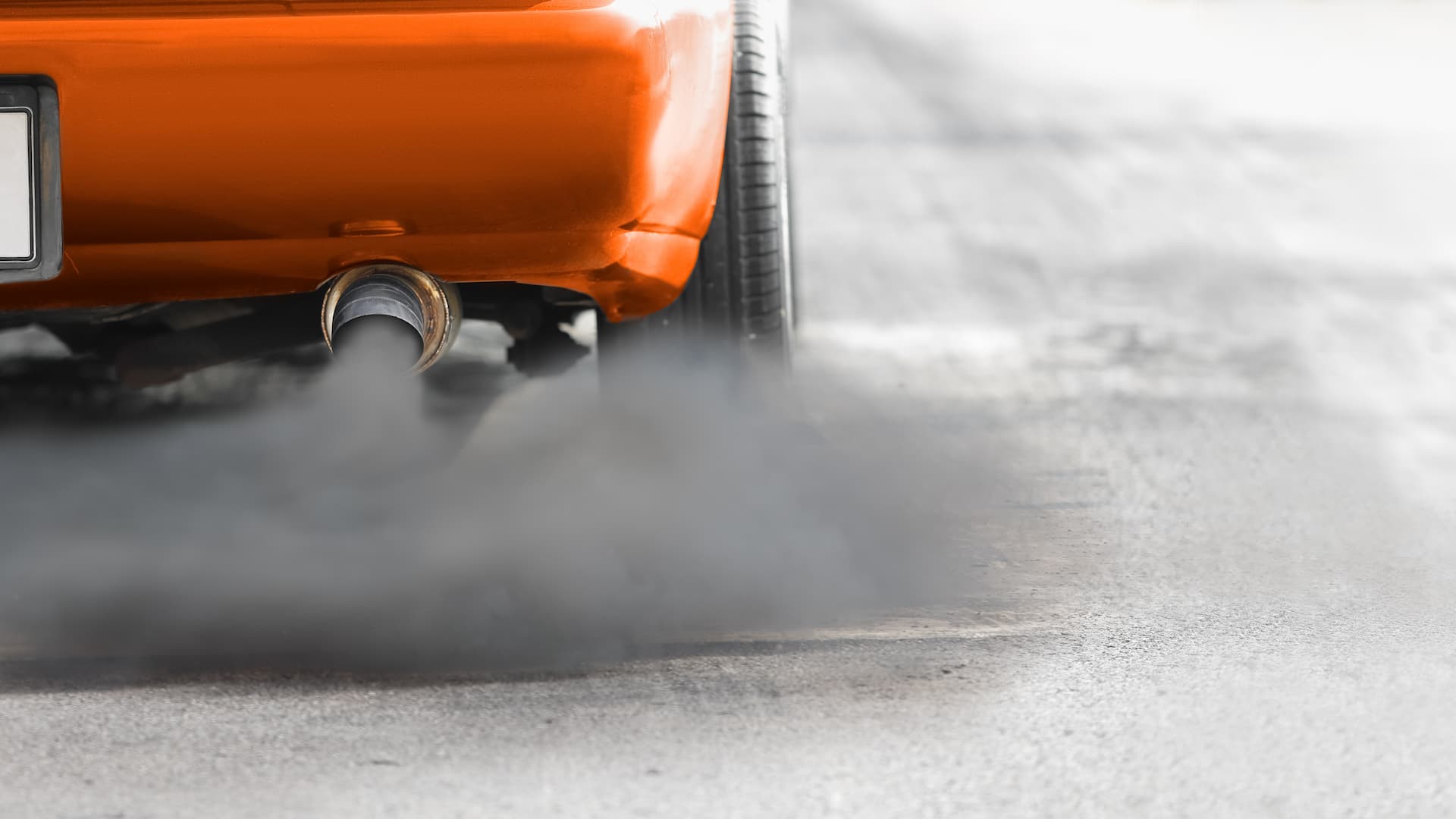Internal combustion engines produce exhaust gases that can be dangerous if breathed in for too long. The primary purpose of the exhaust system is to keep these gases far away from you–though it also serves other purposes, including reducing engine noise and decreasing pollution. So, it’s important to keep an eye (and ear, and nose) out for signs that the exhaust system isn’t performing as it should be. Below are six possible symptoms.
6. Vibration/Shuddering
There are many things that can cause your car to vibrate, and most of them aren’t good. While vibration is often caused by non-exhaust-related problems, trouble with the exhaust system is still a possible cause. One of the hangers or brackets that hold the exhaust pipes against the underside of your vehicle may have come loose, or the pipes may have become misaligned. A failed muffler or clogged catalytic converter could also cause vibration. Another common cause is an exhaust leak. As exhaust gases escape through a small hole, they may cause the car to shudder.
5. Loud Engine Sound
The muffler that’s located near the end of the exhaust system serves to muffle the sound of the engine. If it’s damaged or not working the way it should, the engine will sound much noisier. However, leaks located before the muffler in the exhaust system can also lead to a loud engine sound, so pinpointing the exact location of your exhaust leak can be difficult without professional help.
4. Drop in Power & Fuel Efficiency
If you find you’re filling your gas tank more often than you used to, it may be due to trouble with the exhaust system. This is because the engine is working harder and using more fuel to try to compensate for the problem. In addition, you may find that getting up to speed is tougher, since exhaust leaks and other exhaust problems can keep your Subaru from performing at its peak.
3. Scraping or Rattling Sound
If it sounds like something is dragging beneath your car, scraping or rattling against the road, it’s time to pull over immediately. This is likely to be an exhaust pipe that has come loose. It’s dangerous to drive with a dragging pipe, and it can create a danger to cars behind you due to flying sparks. That danger to yourself and others only grows if the pipe snaps off completely.
2. Exhaust Smell
The smell of exhaust in your vehicle is never a good sign, and it may be due to an exhaust leak. If you notice that the exhaust has the scent of rotten eggs, it may be due to a failed catalytic converter. Exhaust gases contain a small amount of sulfur, which the catalytic converter then converts to odorless sulfur dioxide. If it’s not doing its job, the sulfur will still give off its characteristic rotten-egg smell.
1. Illuminated Check Engine Light
The oxygen sensors and the catalytic converter are important components of your vehicle’s exhaust system. The oxygen sensors read the level of oxygen in the exhaust to make sure that your car is getting the right fuel/air ratio, and the catalytic converter transforms some of the more harmful pollutants generated by combustion into less harmful compounds. Trouble with either of these components may send the signal to illuminate the check engine light.


